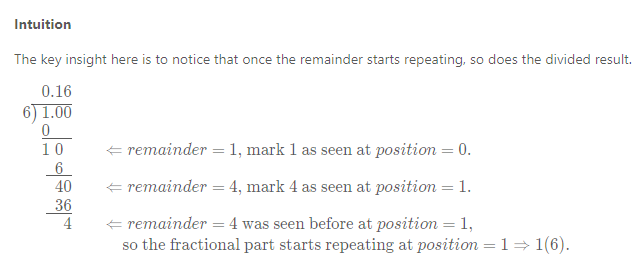You are given two integer arrays
nums1 and
nums2, sorted in
non-decreasing order, and two integers
m and
n, representing the number of elements in
nums1 and
nums2 respectively.
Merge nums1 and
nums2 into a single array sorted in
non-decreasing order.
The final sorted array should not be returned by the function, but instead be
stored inside the array nums1. To accommodate this,
nums1 has a length of
m + n, where the first
m elements denote the elements that should be merged, and the last
n elements are set to
0 and should be ignored.
nums2 has a length of
n.
Example 1:Input: nums1 = [1,2,3,0,0,0], m = 3, nums2 = [2,5,6], n = 3
Output: [1,2,2,3,5,6]
Explanation: The arrays we are merging are [1,2,3] and [2,5,6].
The result of the merge is [1,2,2,3,5,6] with the underlined elements coming from nums1.
Example 2:Input: nums1 = [1], m = 1, nums2 = [], n = 0
Output: [1]
Explanation: The arrays we are merging are [1] and [].
The result of the merge is [1].
Example 3:Input: nums1 = [0], m = 0, nums2 = [1], n = 1
Output: [1]
Explanation: The arrays we are merging are [] and [1].
The result of the merge is [1].
Note that because m = 0, there are no elements in nums1. The 0 is only there to ensure the merge result can fit in nums1.
Constraints: nums1.length == m + n
nums2.length == n 0 <= m, n <= 200
1 <= m + n <= 200 -10<sup>9</sup> <= nums1[i], nums2[j] <= 10<sup>9</sup>
*Follow up: Can you come up with an algorithm that runs in
O(m + n) time?





